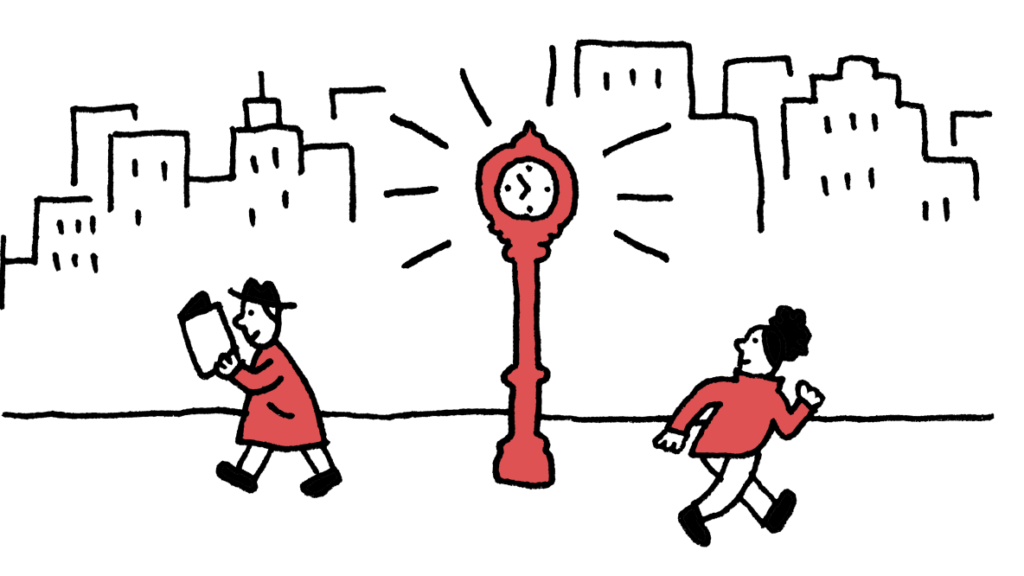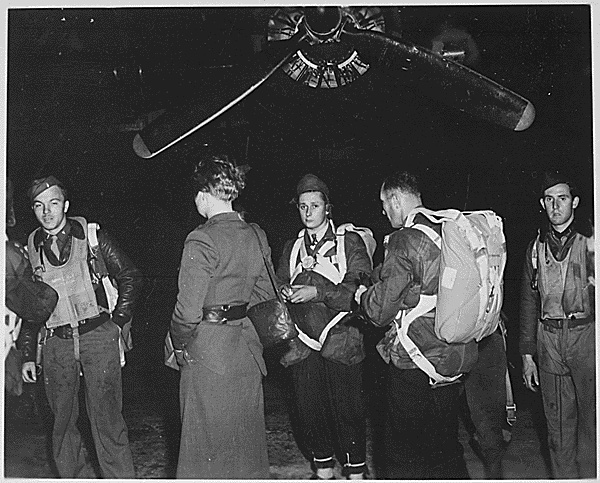A hundred years ago, when The New Yorker was founded, New York City had a gravitational pull—and it still does. People come from all over to “make art, money, trouble, love, a name,” Alexandra Schwartz writes. “They stay because they can imagine being nowhere else.”
The New York Issue, the second of four special issues celebrating The New Yorker’s centenary throughout the year, is out today. Subscribers enjoy exclusive access to the full issue.
Explore the issue »
Twelve Migrants Sharing a Queens Apartment
In New York City, a shadow economy helps new arrivals find a place to sleep. Sometimes it’s just a bed and a curtain.
In February, the journalist Jordan Salama paid for a bed on the first floor of an East Elmhurst apartment shared by twelve migrants, all from Ecuador. The floor had four bedrooms, each occupied by a young couple paying eight hundred to eleven hundred dollars a month; one of the couples shared their room with their five-year-old daughter and her uncle. In the narrow hallway, shower curtains cordoned off a fifth “room” that had twin beds placed so close together that they were almost touching; two single men slept there. A small kitchen was the sole common area. The absence of privacy was maddening, and the tenants were constantly smashing the cockroaches in the kitchen. “This is the reality of being a migrant,” one of the tenants, Matías, told Salama.
In one of the most expensive rental markets in the U.S., overcrowded housing arrangements like the one in East Elmhurst are widespread and varied. These dwellings, especially in New York’s outer boroughs, range from crowded but legitimate sublets to dangerous and unlawful boarding houses. At worst, they resemble modern-day tenements: entire families crammed into single bedrooms. They are often dark, cramped, and poorly ventilated, with barely any privacy. Amid the Trump Administration’s intensifying deportation efforts, Salama details his interactions with communities of migrants: construction workers, aspiring nail techs, and others “focussed on the day-to-day difficulties of surviving.” “Everything in New York City is touched and shaped by these waves of people,” Salama writes, “not only those who came earlier but those who continue to arrive now.”
Read the story »
More from the Special Issue
Inside the living rooms of notable New Yorkers: Gillian Laub photographs more than two dozen of the city’s recognizable residents—Spike Lee, Alex Soros, Emily Ratajkowski, and others—at home. In an introduction to the portfolio, Naomi Fry reflects on what our gathering spaces say about us.
The hazardous lives of urban birds: Ian Frazier on the bravery of pigeons living outside the law.
Breaking up with a birthplace: Lena Dunham on being the least adaptable New York native—and why she left.
Why can’t we have nice mayors? Eric Lach on the men trying to salvage their political careers.
The perils of finding a parking spot: Zach Helfand on the drivers wasting two hundred million hours a year circling the block.
A tour of the city’s guided tours: The Ramones loved Yoo-hoo, Peter Stuyvesant was uptight, and other facts Patricia Marx learned by embedding with the tourists.
Can the Mets be winners? Louisa Thomas on Juan Soto, (arguably) the best hitter in baseball, and the fate of the underdogs.
Plus: Julian Lucas on the artist Lorna Simpson; new fiction from Lillian Fishman; and more.
The Latest from The New Yorker
Daily Cartoon
More Fun & Games
P.S. The theme of tonight’s Met Gala celebrates the figure of the Black dandy—“the ur-creature of Black fashion,” Doreen St. Félix argues. It proves that “the muse of visionary dressing is now the man.” ✂️
Eileen Huang contributed to today’s edition.
Premium IPTV Experience with line4k
Experience the ultimate entertainment with our premium IPTV service. Watch your favorite channels, movies, and sports events in stunning 4K quality. Enjoy seamless streaming with zero buffering and access to over 10,000+ channels worldwide.

















